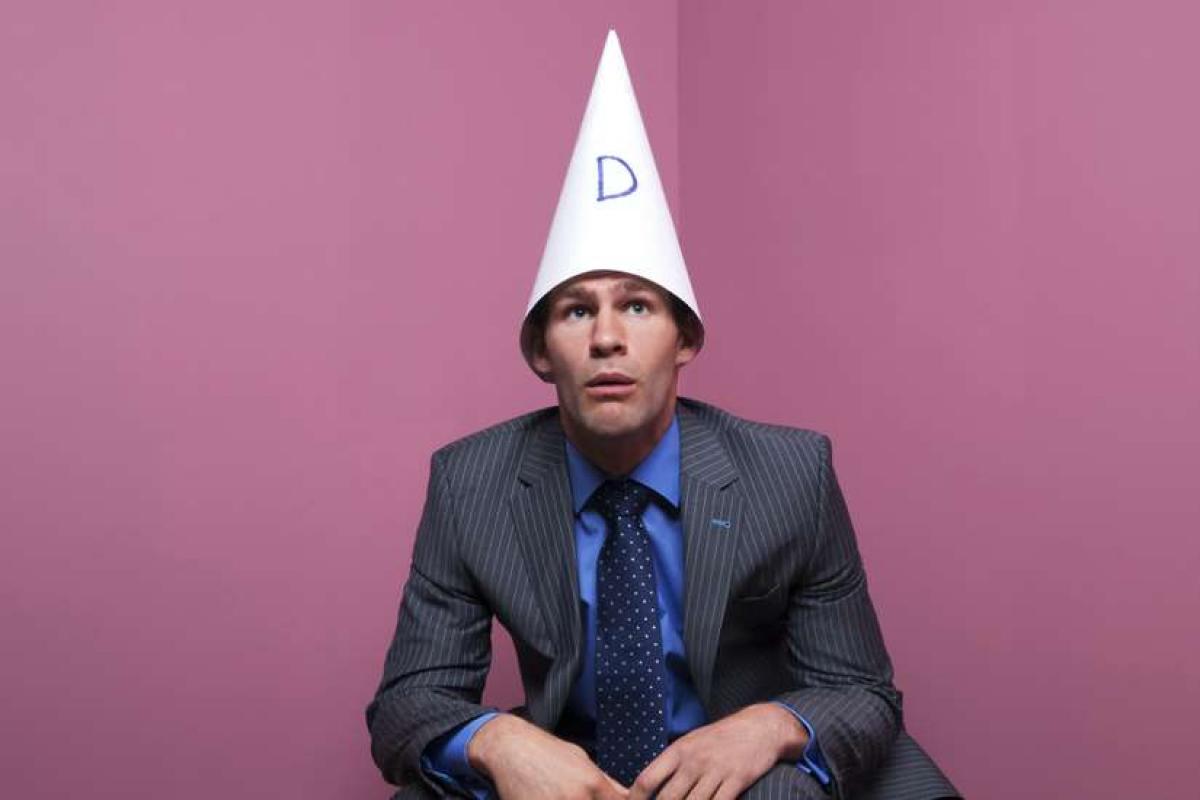By Bill Kelly, CEO, CAIA Association
Just about 25 years ago a political strategist named James Carville brought this phrase into the common lexicon when he used the “Economy” as the initial punchline. The resonation of that simple phrase is arguably what got Bill Clinton into the White House. At just about that same time and a short 1,000 miles away from Hope, Ark., Professor Robert Whaley was busily creating the CBOE Volatility Index, commonly known as the VIX, or the more foreboding Fear Index or Fear Gauge. There is no reason to believe that these events are at all connected, but history might show that this derivative phrase might be an excellent platform for the savvy investor seeking the best risk-adjusted returns, rather than the highest office in the land. The likely leading practitioner of this newer version of the 1992 slogan is none other than Goldman Sachs who announced in May a single trading day profit of $200 million on Feb. 5th when the VIX lurched dramatically, and then closed at what is now a new daily record of +116%.
A recent article in CAIA’s Alternative Investment Analyst Review by Andrew Thrasher examines the correlation of the VIX to the S&P 500 Index and the value proposition of being able to curtail your exposure to some of the worst drawdown days. The author of this article chose to use the 14-year bull market from 1984 to 1998 to illustrate this point. During that period the S&P Index compounded at a rate of 18% per annum; not too shabby indeed, but if you avoided just the 10 single worst days in that entire span, you would have found yourself 600 basis points better still, at an eye-popping 24%. What market timer wouldn’t want to sign up for that? But then again, that bubble was mostly burst and is now filed under Safety First.
All hope is certainly not lost however, and this author’s research is worth contemplation. Volatility is clearly mean reverting, but is not at all symmetrical, and this is precisely how the VIX came to be known as the Fear Index. Panicked and behaviorally-driven selling takes on a much greater feeding frenzy than the usually more tranquil buying patterns of investors who more cautiously wait for the opportune time to come in (or return) to the equity markets. This behavior is why we often see volatility spikes happen very suddenly, like Feb 5, where the damage (or opportunity) unfolded within the span of a single trading session. The secret sauce for success here then is to be able to anticipate the trigger points for those volatility spikes, which are always negatively correlated with equity markets.
This article precisely drills down on this topic and mostly debunks what might be the common wisdom: extended periods (defined as four-week intervals) of the VIX standard deviation, should be more immediately followed by the anticipated spikes. In fact, backtesting results show a high occurrence rate for overreaction as many of these periods of tranquil volatility begot even more tranquility over the ten-year period from 2006 to 2016. Since volatility is more rented than owned, this can be an expensive capital-sapping trade to wait out. But, it turns out, there is an index for that too.
The balance of this article goes on to examine the better predictive powers of the Madison Avenue-inspired name, “VIX of the VIX” or more simply, VVIX. There is certainly a case to be made for analyzing and reacting to the volatility of the VIX volatility itself, to help the investor in “Forecasting a Volatility Tsunami” which might just turn out to be a very apt title for this submission.
Seek diversification, education and know your risk tolerance. Investing is for the long term.
Bill Kelly has been the CEO of the CAIA Association since January 2014.




